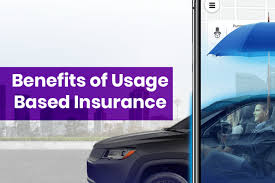
For decades, auto insurance premiums were determined largely by broad factors like age, location, and driving history. But now, a new model is reshaping the industry—usage-based auto insurance (UBI). Instead of guessing risk, insurers can use technology to measure how, when, and how much you actually drive. And for many drivers, the benefits are clear.
1. Pay for How You Drive, Not Just Who You Are
Traditional insurance often penalizes drivers simply for being young, living in a certain zip code, or driving a specific type of car. Usage-based insurance flips the script: it rewards safe, low-mileage drivers with fairer, more personalized rates.
2. Technology That Tracks Driving Behavior
UBI programs typically use a plug-in device, smartphone app, or built-in car sensors to monitor driving habits. Data points like speed, braking, acceleration, mileage, and time of day are analyzed to calculate risk. Safe habits can mean substantial discounts.
3. Encourages Safer Driving
When drivers know their behavior is being tracked, many naturally adjust—slowing down, avoiding sudden stops, and being more mindful behind the wheel. UBI doesn’t just save money; it promotes better driving habits and fewer accidents.
4. Perfect for Low-Mileage Drivers
If you don’t drive much—whether you work from home, use public transport, or just have a short commute—traditional insurance may still charge you like a high-mileage driver. UBI ensures you only pay for the miles you actually drive.
5. Transparency and Control
Many UBI programs provide drivers with dashboards or apps showing real-time driving scores and feedback. This gives you more control and insight into what affects your premiums, rather than guessing how insurers calculate your rates.
Final Thoughts
Usage-based auto insurance is a win-win: drivers save money and insurers reduce risks. For careful, low-mileage drivers, it can mean significant savings and safer roads. As technology advances, UBI could soon become the new normal for auto insurance.